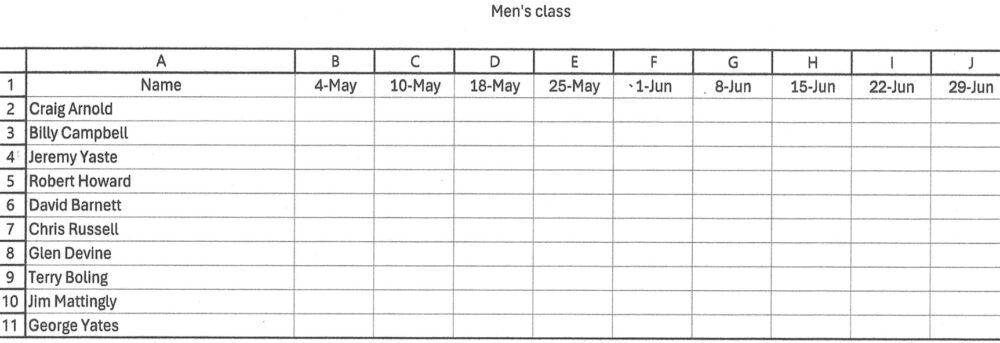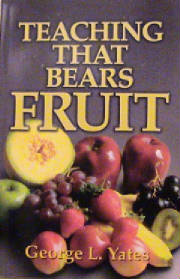“Asking questions for data will yield analysis, reasons, rationale, and explanation. Asking questions out of curiosity will yield deeper – often more authentic – information about feelings and motivation.” (Co-Active Coaching, Davies-black Publishing pg. 74)
Effective questions have people looking not only with the mind but with heart, soul, character, and nature. Leading and teaching for life-change is not about asking questions for intellect, but searching the very fiber, and makeup of a person’s being. Good and effective questions challenge behavior patterns and belief systems.
Effective open-ended questions challenge a person to look with a new set of eyes into the deepest corners of his/her being.
No one likes to be told, but everyone likes to be asked. Everyone loves to give their opinion. The power of an effective question lies at the foundation of discovery learning.
In Teaching That Bears Fruit I used the term “Higher Order thinking” to express the thought processes needed to be engaged to produce life-changing learning. In other words if you desire to do more than dispense information (knowledge, facts, and figures) you must engage your listener’s higher order thought processes. You can be a knowledge dispenser and give great history lessons, facts and figures. But at best you will only be creating in your learners, trivia enthusiasts.
In many educational settings the type of question used is one that does not require the listener to do more than reach for surface (static) knowledge. I deem surface knowledge as information, facts and figures. Which of the following two questions relies on surface knowledge and which one engages the higher order thought processes?
1) Who was the first president of the United States?
2) In your opinion what led to George Washington becoming the first president of the United States.
The first question leads to one specific answer and does not require the listener to move beyond stating the fact (surface knowledge). Once someone calls out the answer, everyone’s thinking is shut down. The second question however, requires each person in the room to evaluate the question from his/her own perspective and knowledge base. The higher order thought processes of every person are engaged. Not everyone will respond verbally, but you can be assured all are processing the information being shared.
For more information on formulating good questions contact George Yates at SonC.A.R.E. Ministries or pick up your copy of Teaching That Bears Fruit.

